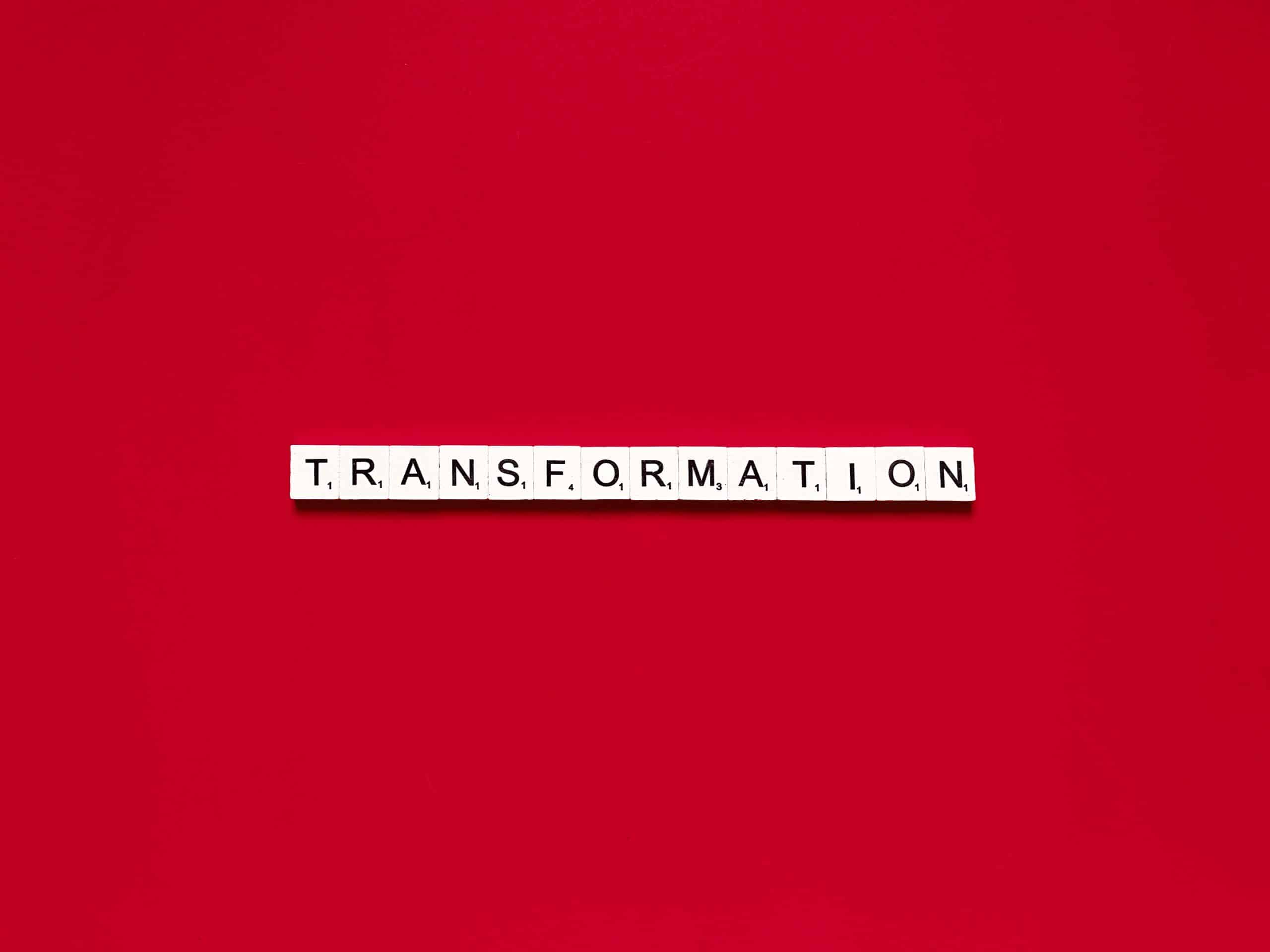What Are the Pros and Cons of Converting Shopping Malls into Mixed-Use Spaces Post-Pandemic?

The Covid-19 pandemic has reshaped the way we use and perceive urban spaces. As the virus wreaked havoc on our cities, it forced a reevaluation of everything from office work to shopping. Suddenly, bustling malls stood empty, and massive office buildings echoed with the silence of remote work. The real estate sector was significantly impacted. Now, as the world tries to rebound from the crisis, a fascinating question arises: what will we do with all the empty space in our cities?
One solution gaining traction is the idea of converting shopping malls and other retail areas into mixed-use spaces that combine work, housing, and shopping. But is this a viable option? What are the potential benefits and pitfalls of such a transformation? This article will explore these questions, weighing the pros and cons of this urban regeneration strategy.
En parallèle : How to Leverage Offsite Construction Methods to Accelerate Housing Development Timelines?
The Benefits of Converting Malls into Mixed-Use Spaces
Shopping malls, once the heart of retail, have seen a dramatic decline in foot traffic, following the rise of e-commerce and accelerated by the pandemic. This decline has left many malls in a state of limbo, with vacant storefronts and dwindling revenues. Transforming these spaces into mixed-use developments can breathe new life into them and the surrounding area.
Revitalization of Urban Areas
Investing in the transformation of defunct malls into mixed-use spaces can spur urban revitalization. These projects can turn underutilized spaces into vibrant hubs of activity, attracting a mix of businesses, residents, and visitors. The mixed-use approach encourages more foot traffic and creates a sense of community, which can, in turn, stimulate local economies.
A voir aussi : How Can Investors Assess the Stability of Real Estate Markets in Emerging Economies?
Meeting the Demand for Housing and Office Space
According to recent estimates, the demand for residential and office spaces in major cities is on the rise. Converting malls into mixed-use developments can help meet this demand, providing urban dwellers with affordable housing options and businesses with flexible office spaces. It can also alleviate the strain on the real estate market, which has been grappling with a shortage of residential and office spaces.
The Challenges of Converting Malls into Mixed-Use Spaces
While this strategy holds promise, it also faces significant challenges. From regulatory hurdles to financial risks, the conversion of shopping malls into mixed-use spaces is not a straightforward process.
Regulatory and Planning Challenges
The transformation of a mall into a mixed-use development often involves navigating a complex web of zoning laws and planning regulations. Cities can also have diverse architectural standards and guidelines, which can constrain the design and execution of such projects. Additionally, these projects often require substantial community buy-in and must align with broader urban planning and development goals.
Financial Risks and Market Uncertainty
Financially, these projects can be a risky bet. The cost of repurposing a large retail space can be steep, and there is no guarantee of success. The current market uncertainty, in part due to the pandemic, makes it challenging to predict future demand for residential and office spaces. Will remote work continue to be the norm, or will businesses return to the office en masse?
Potential Impact on Local Businesses and Communities
While the creation of mixed-use spaces can stimulate local economies, it can also disrupt them. Small businesses, in particular, may struggle to compete with new establishments. Furthermore, the introduction of new residential and office spaces can increase local property prices, potentially displacing existing residents and exacerbating social inequalities.
A Balancing Act: Preserving the Past, Preparing for the Future
The decision to convert shopping malls into mixed-use spaces is a balancing act. It is about preserving the heritage and culture of our cities, while also preparing for a future shaped by changing demographics, technological advancements, and environmental concerns.
The Importance of Heritage Preservation
Many shopping malls are more than just retail spaces. They are landmarks, embedded in the collective memory of a community. Their transformation should be sensitive to the cultural and historical significance they hold. This requires a thoughtful design process, one that respects the original architecture and pays homage to the mall’s past.
Adapting to Future Trends
Conversely, the conversion of malls must also anticipate future trends. The rise of remote work, the drive towards more sustainable living, and the growing popularity of urban living all have implications for the design of mixed-use spaces. For instance, spaces might need to be adaptable, capable of transitioning between residential, office, and retail uses depending on demand.
Building for a Post-Pandemic World
As we emerge from the pandemic and begin rebuilding, the conversion of shopping malls into mixed-use spaces presents an opportunity to rethink the way we design our cities. This could be a moment of profound urban transformation, one that redefines our relationship with space and place.
A Vision for Sustainable Cities
The mixed-use approach aligns with the principles of sustainable urban development. It promotes walkability, reduces reliance on cars, and encourages the efficient use of land. By building vertically and integrating different uses within a single building or complex, we can create dense, vibrant, and sustainable urban environments.
The Power of Placemaking
At their core, mixed-use developments are about placemaking. They are about creating places where people want to live, work, and play. Places that foster social interaction and community engagement. Places that tell a story and contribute to the identity of a city. As we navigate the post-pandemic world, this power of placemaking could be our greatest asset in crafting resilient and inclusive cities.
The Role of Mixed-use Conversions in Revitalizing Urban Cores
As cities like San Francisco and Los Angeles grapple with the effects of the pandemic and shifts in the real estate landscape, the role of mixed-use conversions becomes increasingly relevant. Underutilized spaces such as shopping malls and large retail centers represent untapped potential for urban development and revitalization.
Shopping malls, which were once bustling hubs of commerce and social activity, are now experiencing a decline in foot traffic. This trend, spurred by the rise of e-commerce and accelerated by the pandemic, has left many malls vacant and underutilized. The conversion of these malls into mixed-use spaces could offer a solution to this issue.
Such conversions, which effectively repurpose the space for residential and office use, can meet the increasing demand for urban living and hybrid work arrangements. By offering affordable housing and flexible office space in areas once dominated by retail, these conversions can breathe new life into urban cores and stimulate economic activity.
Moreover, by encouraging foot traffic and fostering a sense of community, these mixed-use conversions can create vibrant urban environments that are in line with the principles of sustainable development. Despite the challenges and uncertainties, this approach to urban regeneration offers a promising way forward for cities dealing with the impact of the pandemic.
Long-term Viability: A Look at Demand and Market Trends
While the immediate benefits of converting shopping malls into mixed-use spaces are evident, the long-term viability of such projects is contingent on several factors. One of the main concerns is the future demand for residential and office spaces.
With the advent of remote work, many businesses have downsized their physical offices or switched entirely to virtual operations. This shift has had a profound impact on the demand for office space, particularly in so-called ‘superstar cities’ like San Francisco and Los Angeles. However, as organizations transition to hybrid work models, the demand for flexible, adaptable office spaces is expected to rise.
Similarly, the demand for urban residential spaces is also experiencing a shift. As more people embrace city living, residential conversions of previously commercial spaces could help meet the growing need for affordable housing in urban cores.
Despite the current market uncertainty, these trends point towards a sustained demand for mixed-use spaces. By adapting to these shifts, cities can make a strategic investment in their future, transforming underutilized retail spaces into vibrant and dynamic urban hubs.
Conclusion: The Future of Urban Development
The conversion of shopping malls into mixed-use spaces offers a unique opportunity to rethink how we design and use urban spaces. As we navigate the post-pandemic world, this approach to urban regeneration could pave the way for more sustainable, inclusive, and resilient cities.
This does not mean that the era of the shopping mall or the standalone office building is over. Indeed, traditional retail and office spaces will continue to play a vital role in our cities. However, as the boundaries between work, home, and shopping continue to blur, the demand for mixed-use spaces is likely to grow.
Cities like San Francisco and Los Angeles are already seeing the potential of this approach, with several successful conversions under their belts. As these cities continue to adapt and evolve, the conversion of shopping malls into mixed-use spaces could become a key strategy in their urban development playbook.
In conclusion, while the transformation of shopping malls into mixed-use spaces is not without its challenges, it represents a promising solution to some of the most pressing issues facing our cities. By leveraging the potential of underutilized spaces, we can create vibrant, inclusive, and sustainable urban environments for the post-pandemic world. The future of urban development lies not in the abandonment of the old but in its creative repurposing.
